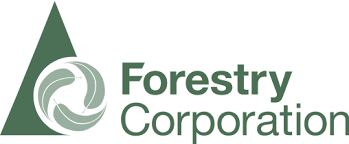Project FE1: Baselines, drivers and trends for forest extent, condition and health
 |
 |
 |
 |
 |
 |
 |
In a first for NSW, a consortium of Australia’s leading spatial and remote sensing scientists has developed methods to measure forest extent, condition and loss of forests across the NSW Regional Forest Agreement regions between 1995 and 2019. The scientists extended the analysis to include forests across NSW between 1995-2020 to include the impacts of the NSW 2019-20 wildfires.
New methods in place
The consortium has developed methods to measure historical trends in forest canopy extent. The methods leverage existing data from an extensive set of existing and historical forest monitoring programs.
Three methods are now available:
- Forest extent: this method uses the National Carbon Accounting System (NCAS) National Forest and Sparse Woody Vegetation Data based on Landsat 25m satellite imagery to provide annual temporal canopy coverage from 1988 to 2019 for eastern NSW. For the purposes of this project forest extent relates to canopy cover at a given point in time.
- Forest condition: this method uses the SpatialLinks Toolkit which was developed as part of the NSW Government’s Biodiversity Indicators Program. This tool focusses on monitoring of landscape scale connectivity, including modelling estimates of ecological condition.
- Forest loss and recovery: this method assesses the agents or pressures that affect the capacity of native forests to maintain normal ecosystem functions and sustainably provide productive capacity. This was developed using a Multiple Lines of Evidence approach using available datasets, such as, the NSW SLATS Woody Change data product.
In applying the methods, the researchers found the overall forest canopy extent has increased across NSW between 1995 and 2019. Most of the increase has occurred on private land, while remaining relatively stable on public land. However, forest canopy extent was significantly impacted by the 2019-20 wildfires.
We will publish a summary report shortly.
The report, methods and project data can be found on TERN - see links in DATA below.
Papers and reports
- Method paper – Forest extent – Spatial Vision (December 2022)
- Method paper – Forest Condition – Spatial Vision (December 2022)
- Method paper – Forest loss and recovery – Spatial Vision (December 2022)
Data
The report, methods and project data can be found on TERN through the following links:
